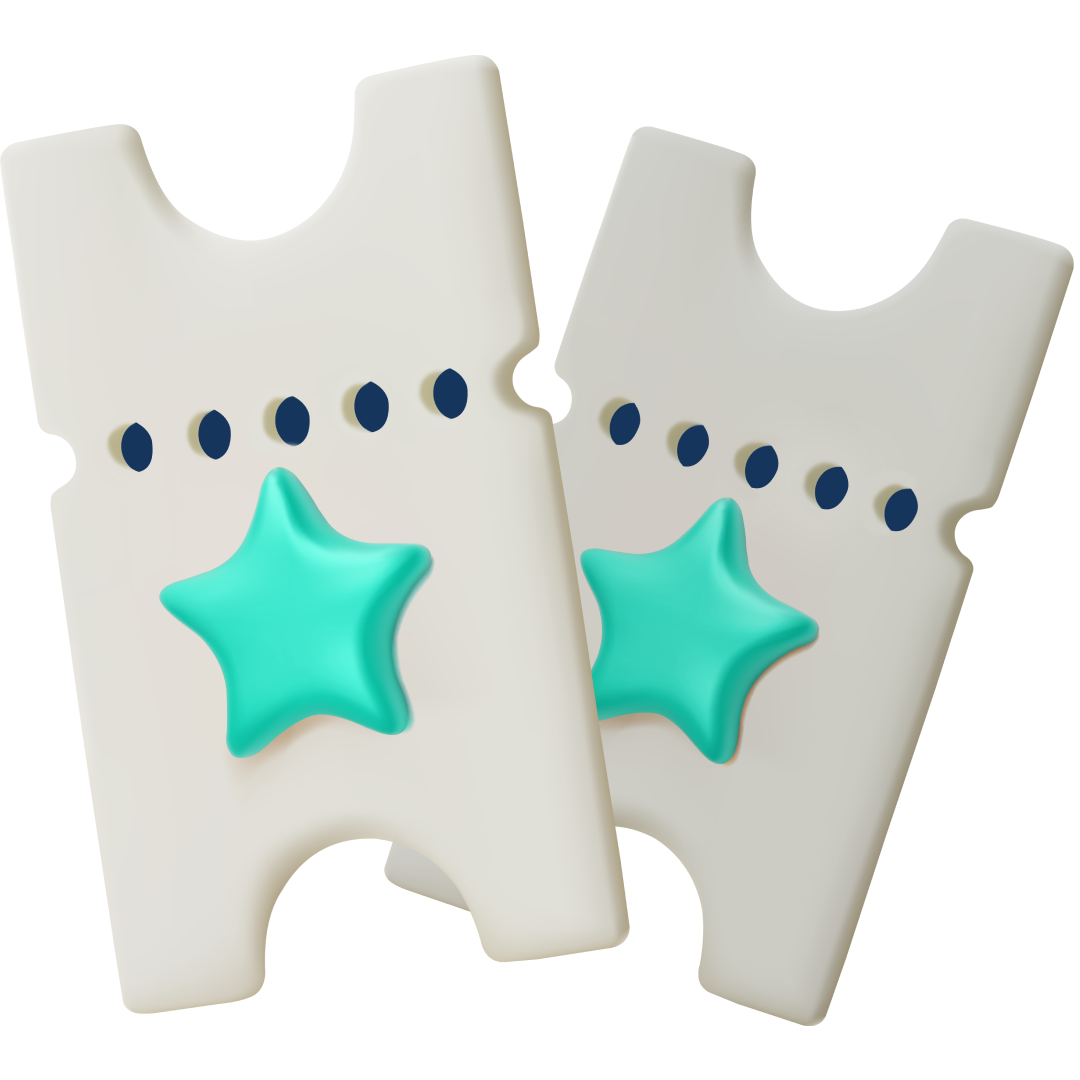With a community of over 1,500 Mexicans living in the Czech Republic, the cultural ties between the two nations continue to flourish. This week, they’re being celebrated in full color. From April 4–10, Mexico Week in Prague packs a taster of Mexican gastronomy, music, art, and language into 7 days of action-packed events.
Just for the occasion, the Embassy of Mexico in Prague has released a curated culinary route through the capital’s best Mexican restaurants. The interactive mapy highlights the mainstays of the city's Mexican culinary scene such as Las Adelitas along with other authentic establishments such as Chile and Lemon in Smíchov and Little Mexico in Vinohrady.
Along with the tucking into tacos and tamales, you can expect traditional dance workshops, family-friendly crafts, academic lectures, and live author readings. To get a closer look at the celebration—and the enduring diplomatic and cultural bond it reflects—we spoke with a member of the embassy’s communications office about what’s in store.
Is there a particular connection between Mexico and the Czech Republic?
We have had very long and deep ties since the Mexican President Lazaro Cardenas condemned the invasion and annexation of the Sudetenland of Czechoslovakia and endorsed his support for President Tomáš Masaryk.
In honor of this long friendship between our nations we have in Mexico City the ‘Avenida Presidente Masaryk,’ one of the most beautiful streets of the Mexican capital crowned with a statue of President Masaryk. In reciprocity in the Prague 6 district we have the Lazaro Cardenas Park, where soon will be unveiled a statue of General Cardenas.
There is also the Czech gymnast Věra Čáslavská who, after being the champion of the Olympic Games in Mexico 1968, decided to get married in the Metropolitan Cathedral, for which she earned the nickname of The Bride of Mexico, ‘La novia de México’.
Mexico is also the largest Latin American trade partner of the Czech Republic.
How has the festival grown over the years and how does it bring together different communities?
This is the first time that an event of this magnitude has been organized—in the past most of the events were organized separately. That is why this year we combined many activities in one week.
This event is not only for Mexicans—we offer a wide range of events to different interests and backgrounds. The festival features art exhibitions, music concerts, cultural workshops, and lectures.
One of the key aspects of inclusivity in this event is the linguistic diversity. The events are not only held in Spanish but also in Czech and English, making it accessible to both local Czech nationals and the international expat community interested in Mexican Culture.
What challenges do Mexicans in Czechia face?
The biggest challenge Mexicans face is of course the language barrier. The difficulty of the Slavic language is the biggest obstacle to faster integration, with other aspects being the cold weather, food, and different customs and traditions.
Where do you find a taste of home or where can expats go to sample Mexican culture and cuisine?
We work actively with all the restaurants to promote Mexican culture and gastronomy; we created a map with a route containing Mexican restaurants in Prague.












 Reading time: 2 minutes
Reading time: 2 minutes 




















